Sourav Pan
Transcript
The electron transport chain is located in specific membranes within cells.
In eukaryotic cells, the electron transport chain is located in the inner mitochondrial membrane.
The inner membrane is highly folded into structures called cristae, which dramatically increase its surface area.
This is where the electron transport chain complexes are embedded, spanning from the inner membrane into the matrix.
In photosynthetic organisms, a similar electron transport chain exists in the thylakoid membrane of chloroplasts.
The specific membrane location is crucial as it allows for the establishment of a proton gradient across the membrane.
As electrons move through the transport chain, protons are pumped across the membrane, creating a concentration gradient that powers ATP synthesis.
In summary, the electron transport chain is strategically located in membranes that can maintain separation between compartments, allowing for the energy-storing proton gradient to form.
The Electron Transport Chain, or ETC, consists of four major protein complexes, two mobile electron carriers, and ATP synthase.
Complex I, NADH Dehydrogenase, accepts electrons from NADH and pumps four protons across the membrane. Complex II, Succinate Dehydrogenase, accepts electrons from FADH₂ but does not pump protons.
Coenzyme Q, or CoQ, is a mobile electron carrier that shuttles electrons from Complexes I and II to Complex III. Complex III, the Cytochrome bc₁ complex, receives these electrons and pumps four protons across the membrane.
Cytochrome c is another mobile electron carrier that transfers electrons from Complex III to Complex IV. Complex IV, Cytochrome c Oxidase, passes electrons to oxygen, forming water, and pumps two additional protons.
Finally, ATP Synthase, sometimes called Complex Five, uses the proton gradient established by the electron transport chain to synthesize ATP through oxidative phosphorylation.
Together, these components form a sophisticated molecular machinery that converts the energy from electron transfer into the proton gradient necessary for ATP synthesis.
Complex I, also known as NADH dehydrogenase, is the largest protein complex in the electron transport chain.
It’s a massive L-shaped protein complex embedded in the inner mitochondrial membrane.
Complex I accepts electrons from NADH, converting it to NAD+ in the process.
The complex contains flavin mononucleotide, or FMN, which initially accepts the electrons.
From FMN, electrons move through a series of iron-sulfur clusters that act as an electron transfer chain.
During this electron transfer process, Complex I harnesses the released energy to pump four protons from the mitochondrial matrix into the intermembrane space.
This proton pumping contributes significantly to the electrochemical gradient across the inner mitochondrial membrane, which will ultimately drive ATP synthesis.
As the largest complex in the electron transport chain, mammalian Complex I contains approximately forty-five subunits and has a molecular weight exceeding one thousand kilodaltons.
Coenzyme Q, also known as ubiquinone, is a crucial component of the electron transport chain.
It is a lipid-soluble mobile electron carrier located in the inner mitochondrial membrane.
In the electron transport chain, Coenzyme Q shuttles electrons from Complexes I and II to Complex III.
What makes Coenzyme Q special is its mobility within the membrane. It can freely move to collect electrons from multiple sources, specifically Complex I and Complex II.
Coenzyme Q exists in three different forms during the electron transport process.
The fully oxidized form, Q, is ready to accept electrons.
The semiquinone intermediate, Q radical, contains one electron.
And the fully reduced form, Q H two or ubiquinol, contains two electrons and two protons.
These three forms cycle continuously as Coenzyme Q performs its function of shuttling electrons within the membrane.
In summary, Coenzyme Q’s mobility in the membrane and its ability to cycle between redox states make it an essential link between the initial and final stages of the electron transport chain.
Complex three is embedded in the inner mitochondrial membrane, separating the matrix from the intermembrane space.
This large multi-subunit protein complex, also known as the cytochrome b c one complex, is a crucial component of the electron transport chain.
Complex three contains several key components: cytochrome b with two heme groups, a Rieske iron-sulfur protein, and cytochrome c one.
The complex receives electrons from the reduced form of Coenzyme Q, called ubiquinol, and transfers them to cytochrome c.
When ubiquinol binds to the Q-o site of Complex three, it donates its electrons and gets oxidized to ubiquinone.
The electrons follow two different paths in a process called the Q-cycle. One electron goes through the iron-sulfur protein to cytochrome c one, and finally to cytochrome c.
During this electron transfer, protons are pumped from the matrix to the intermembrane space, contributing to the proton gradient.
The Q-cycle is a complex mechanism that allows Complex three to pump four protons for every two electrons that pass through. It involves recycling of electrons through the b-type cytochromes.
In summary, Complex three efficiently couples electron transfer from ubiquinol to cytochrome c with proton pumping, playing a crucial role in building the proton gradient necessary for ATP synthesis.
Cytochrome c is a small, water-soluble protein that plays a crucial role in the electron transport chain.
Cytochrome c operates in the intermembrane space of the mitochondria, between the inner and outer membranes.
It serves as a mobile electron carrier, shuttling electrons from Complex Three to Complex Four in the electron transport chain.
Unlike Coenzyme Q, which functions within the membrane, Cytochrome c is a water-soluble protein that moves freely in the intermembrane space.
Cytochrome c receives electrons from Complex Three and delivers them to Complex Four, acting as an essential link in the electron transport chain.
At the heart of Cytochrome c is a heme group containing an iron atom that alternates between reduced ferrous (Fe-two-plus) and oxidized ferric (Fe-three-plus) states during electron transfer.
Unlike Coenzyme Q, which operates within the phospholipid bilayer of the membrane, Cytochrome c functions exclusively in the intermembrane space. Both are mobile carriers, but they operate in different environments of the mitochondria.
Cytochrome c’s ability to rapidly shuttle electrons through the intermembrane space makes it an efficient and essential component of cellular respiration.
Complex Four, also known as Cytochrome c Oxidase, is the final protein complex in the electron transport chain.
It receives electrons from Cytochrome c, a small protein carrier that we previously discussed.
The key function of Complex Four is to transfer these electrons to molecular oxygen, which serves as the final electron acceptor in the chain.
During this process, Complex Four pumps protons from the mitochondrial matrix across the inner membrane to the intermembrane space.
The overall reaction catalyzed by Complex Four involves four reduced cytochrome c molecules, one oxygen molecule, and eight protons from the matrix.
This reduction of oxygen to water is absolutely critical, as it creates the thermodynamic pull that drives electrons through the entire electron transport chain.
Let’s review the key steps: Electrons enter from cytochrome c, pass through metal centers within the complex, reduce oxygen to water, and the energy released drives proton pumping across the membrane.
The proton gradient is essential for ATP synthesis and forms the core of cellular energy production.
Complexes I, III, and IV of the electron transport chain pump protons from the mitochondrial matrix into the intermembrane space.
This creates a proton gradient with two components. First, a chemical gradient or pH difference.
And second, an electrical potential, with positive charges in the intermembrane space and negative charges in the matrix.
Together, these form an electrochemical gradient across the inner mitochondrial membrane, storing potential energy like a charged battery.
This concept is known as the chemiosmotic theory, proposed by Peter Mitchell, who received the Nobel Prize in 1978 for this groundbreaking work.
According to Mitchell’s theory, the energy stored in this gradient drives ATP synthesis as protons flow back through ATP synthase, much like water flowing through a turbine generates electricity.
The electron transport chain carries electrons from high-energy carriers to the final electron acceptor, oxygen.
There are two main entry points for electrons into the ETC. The primary pathway begins with NADH.
Electrons from NADH enter Complex One, which is also known as NADH dehydrogenase.
The electrons then flow to Coenzyme Q, a mobile electron carrier in the inner mitochondrial membrane.
From Coenzyme Q, electrons continue to Complex Three, the Cytochrome bc₁ complex.
Next, electrons are transferred to another mobile carrier, Cytochrome c.
The electrons then flow to Complex Four, Cytochrome c Oxidase.
Finally, the electrons reach oxygen, the final electron acceptor, where they combine with protons to form water.
There’s also an alternative entry point for electrons from FADH₂, which enter at Complex Two, Succinate Dehydrogenase.
These electrons then flow to Coenzyme Q, after which they follow the same path as electrons from NADH.
Throughout this process, energy is released gradually in controlled steps. This stepwise energy release allows for efficient energy capture, which is used to pump protons across the inner mitochondrial membrane.
The proton pumping mechanism occurs across the inner mitochondrial membrane.
Complexes I, III, and IV are key protein complexes embedded in the inner mitochondrial membrane. ATP synthase provides the only pathway for protons to return to the matrix.
As electrons move through the electron transport chain, they release energy.
This released energy is used by the complexes to pump protons from the mitochondrial matrix into the intermembrane space.
Complex I pumps four protons for each pair of electrons that passes through it.
The electrons then continue to Complex III.
Complex III pumps four more protons into the intermembrane space.
Finally, the electrons move to Complex IV.
Complex IV pumps two more protons, completing the proton transport process.
This pumping creates a higher concentration of protons in the intermembrane space compared to the matrix, establishing a proton gradient.
The inner mitochondrial membrane is impermeable to protons, so they cannot freely diffuse back into the matrix.
Instead, protons can only return to the matrix through ATP synthase, which harnesses their energy to produce ATP.
As protons flow through ATP synthase, they drive the rotation of its components, which couples the proton gradient to ATP synthesis.
Molecular oxygen serves as the final electron acceptor in the electron transport chain.
The electron transport chain concludes at Complex 4, also known as Cytochrome c Oxidase.
Electrons are transferred from Cytochrome c to Complex 4, and then to molecular oxygen.
At Complex 4, oxygen receives four electrons and four protons, becoming reduced to form two water molecules.
Without oxygen as the final electron acceptor, the entire electron transport chain would cease to function properly.
Electron flow would stop, preventing NADH and FADH₂ from being reoxidized. The proton gradient could not be maintained, and ATP production via oxidative phosphorylation would halt.
This is why oxygen is absolutely essential for aerobic respiration and efficient energy production in the cell.
The electron transport chain is remarkably efficient at converting energy from food into ATP.
Starting with one glucose molecule, the cell processes it through glycolysis and the Krebs cycle.
These metabolic pathways produce ten NADH and two FADH₂ molecules, which serve as electron carriers.
These electron carriers feed into the electron transport chain, where their energy is harvested to produce ATP.
Each NADH molecule yields approximately two point five ATP molecules, for a total of twenty-five ATP from NADH.
Each FADH₂ molecule yields approximately one point five ATP molecules, giving us three ATP from FADH₂.
Additionally, substrate-level phosphorylation in glycolysis and the Krebs cycle produces four ATP molecules directly.
This gives us a total yield of thirty-two ATP molecules from a single glucose molecule.
In terms of efficiency, this process captures approximately thirty-eight percent of the energy available in glucose.
This makes the electron transport chain one of the most efficient biochemical processes found in nature.
The electron transport chain’s activity is tightly regulated to match cellular energy demands.
Electrons flow through the complexes, driving proton pumping and ATP production.
Several key factors regulate the electron transport chain’s activity.
First, substrate availability directly affects ETC activity. These include NADH, FADH₂, ADP, and oxygen.
Without adequate NADH or FADH₂, electron flow slows down. Similarly, oxygen is required as the final electron acceptor, and ADP must be available for ATP synthesis.
Allosteric regulation occurs when molecules bind to specific sites on the complexes, changing their activity.
Post-translational modifications like phosphorylation and acetylation can activate or inhibit the complexes.
Perhaps the most important regulator is the ATP to ADP ratio, which provides feedback control of electron transport.
When ATP levels are low relative to ADP, electron transport increases to produce more ATP. As ATP accumulates, the ETC slows down.
These regulatory mechanisms work together to ensure that cellular respiration matches energy demand, conserving resources and maintaining metabolic homeostasis.
The electron transport chain serves as a central hub that connects to multiple metabolic pathways in the cell.
Glycolysis in the cytoplasm and the Krebs cycle in the mitochondrial matrix both generate NADH, which delivers electrons to Complex I of the ETC.
Fatty acid oxidation is another major source of both NADH and FADH₂, especially during periods of fasting or high energy demand.
Amino acid metabolism and ketone body utilization also produce electron carriers for the ETC. These connections show how the ETC serves as a final common pathway for energy extraction.
Critically, the ETC regenerates NAD+ and FAD by oxidizing NADH and FADH₂. This regeneration is essential for these metabolic pathways to continue functioning.
This recycling of electron carriers creates a vital link between the electron transport chain and virtually all energy-generating pathways in the cell, forming an interconnected metabolic network.
Study Materials
Electron Transport Chain - Diagram, Definition, Steps, Products, Importance
Helpful: 0%
Related Videos
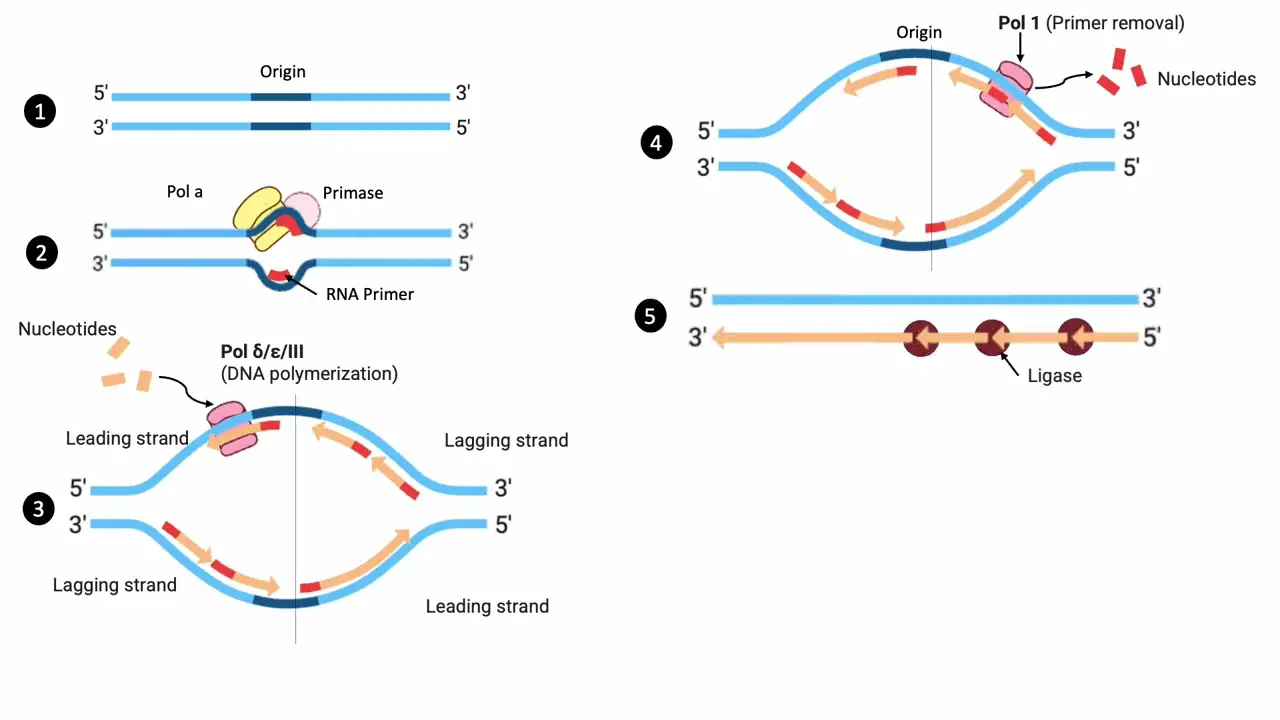
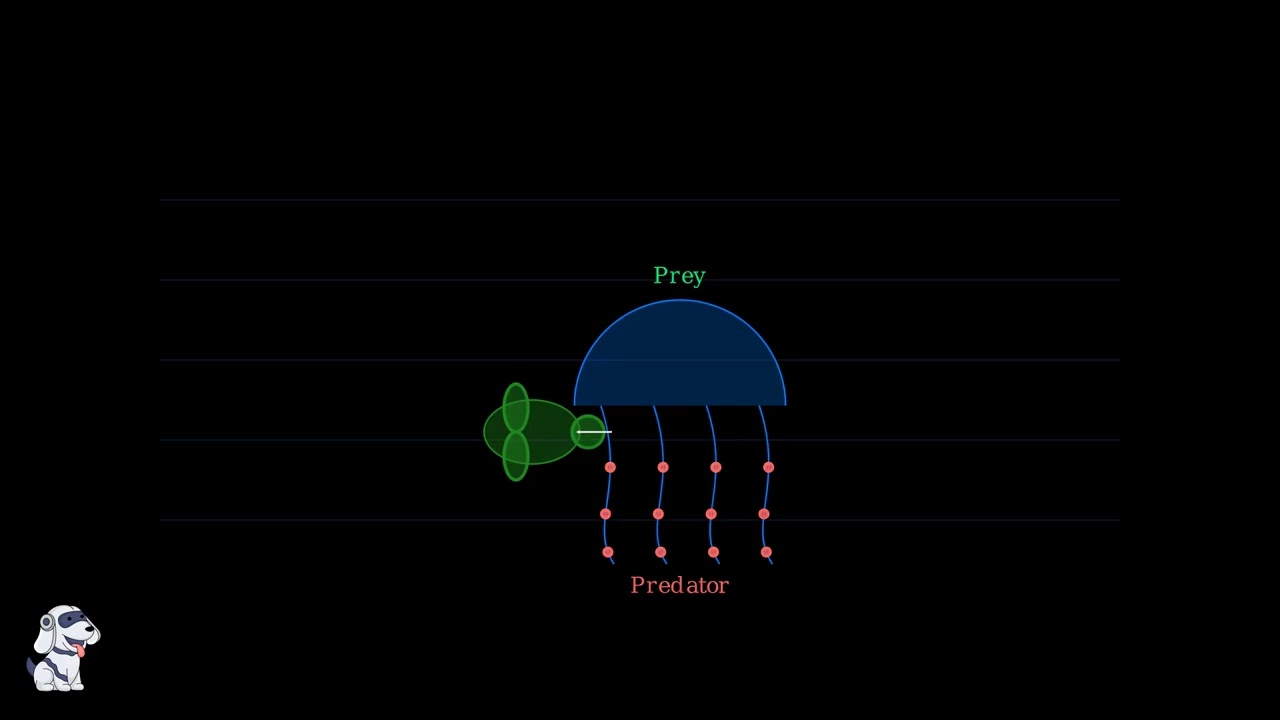
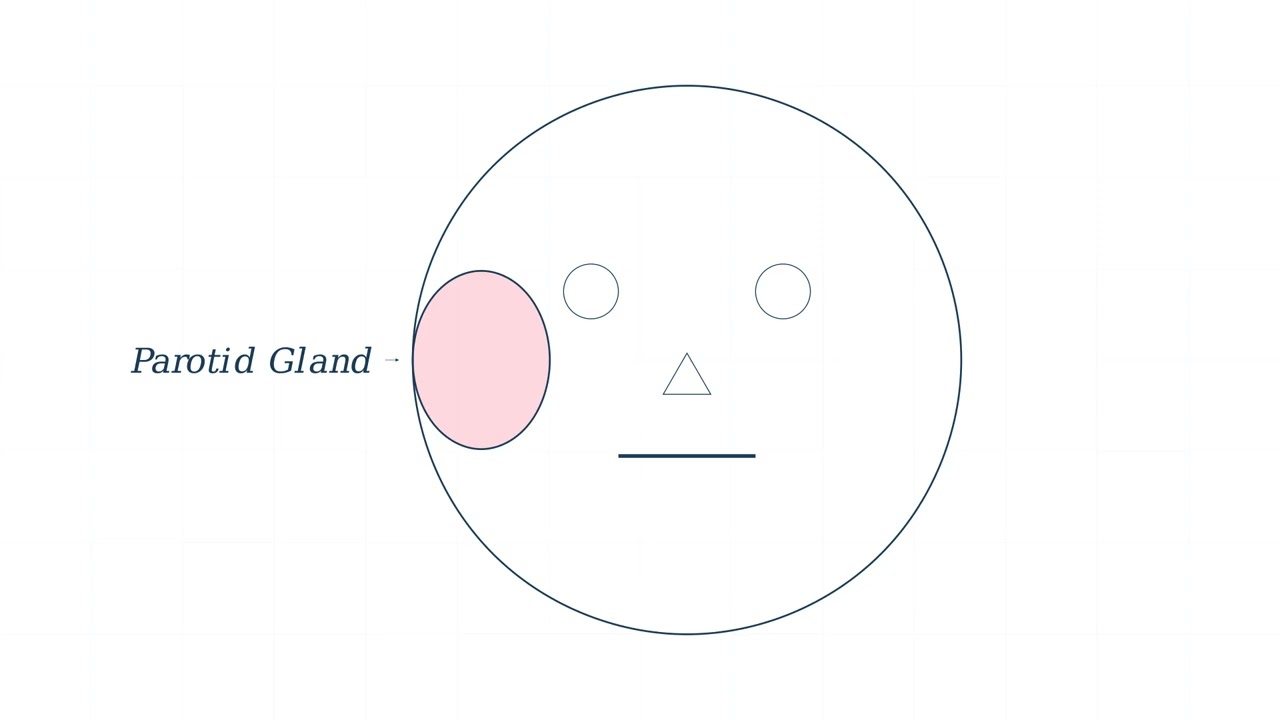
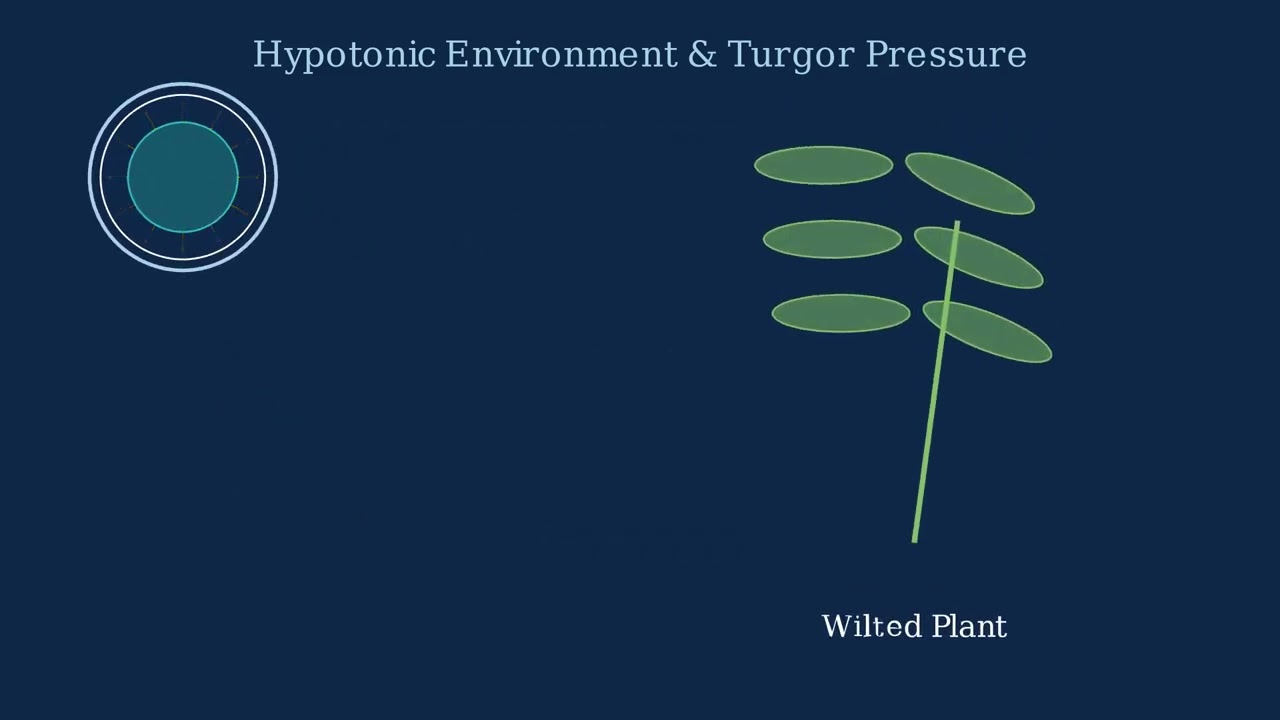
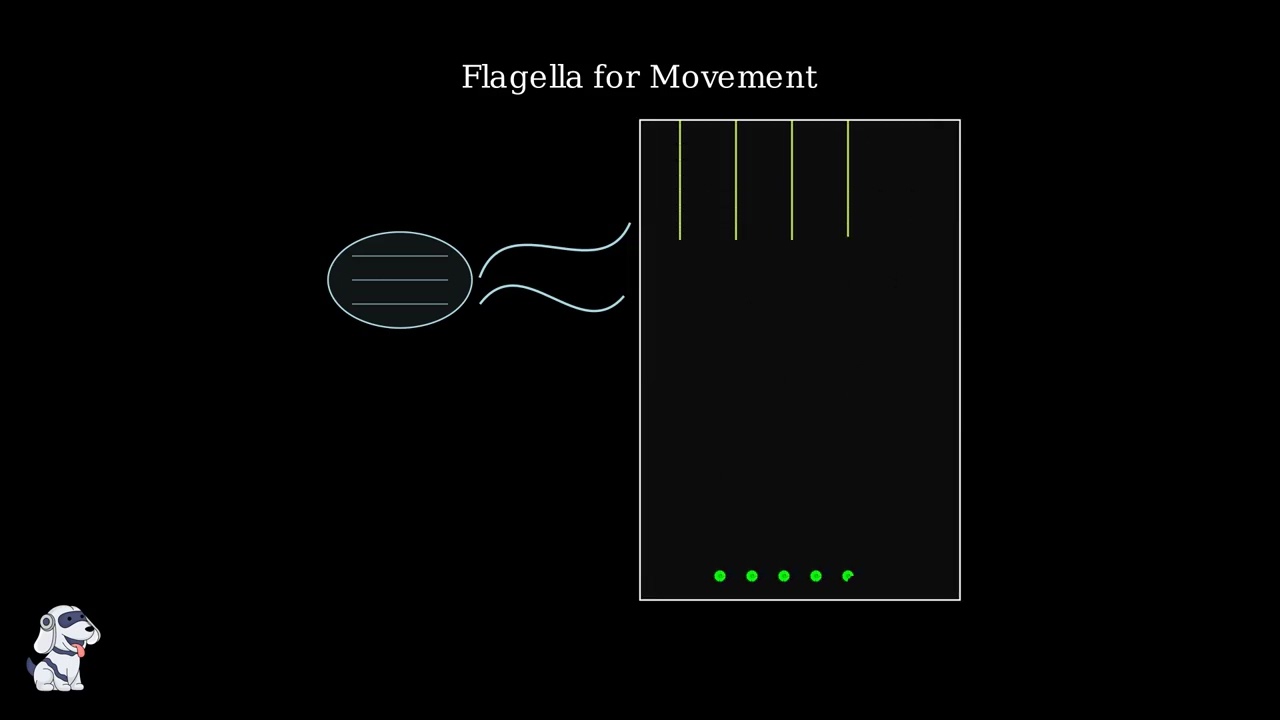
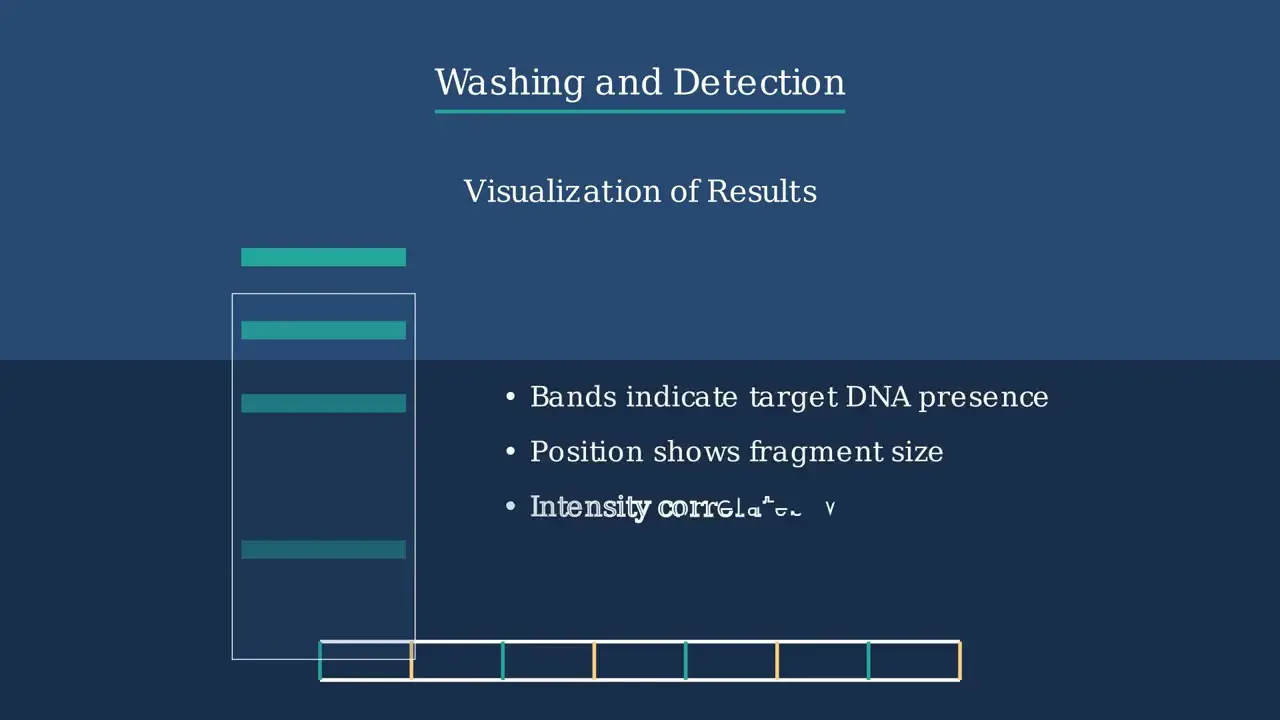
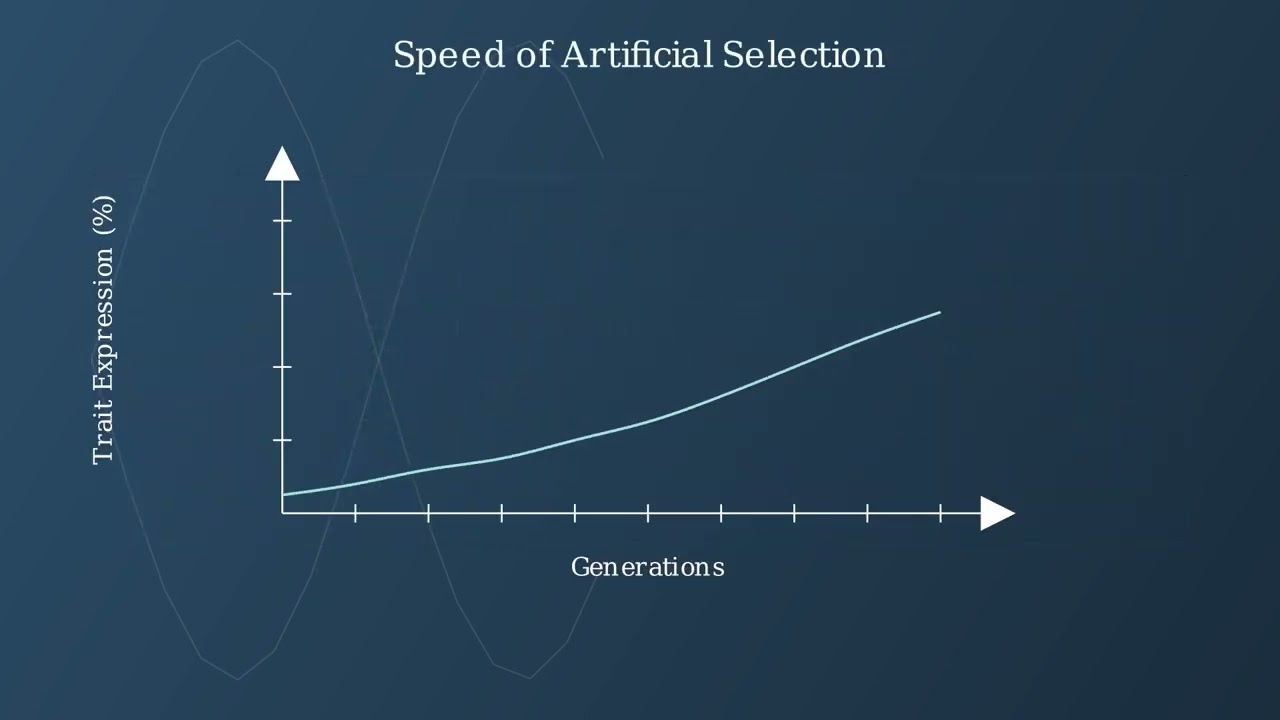
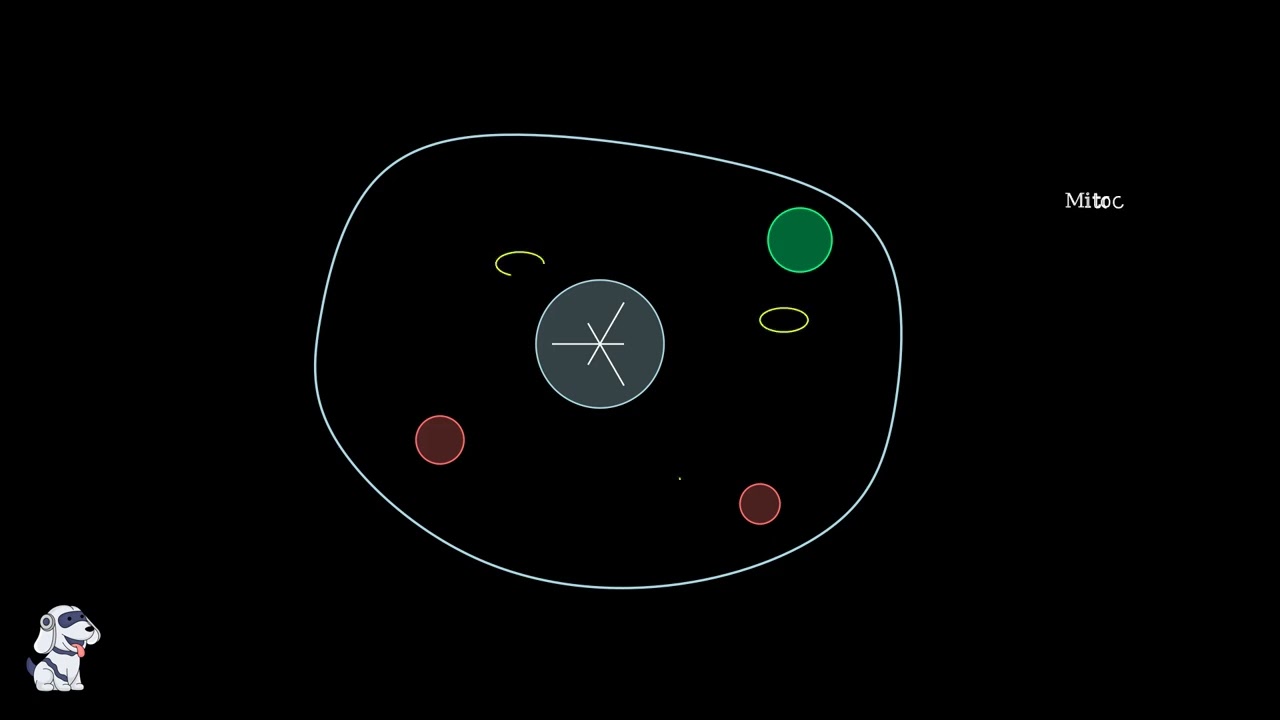
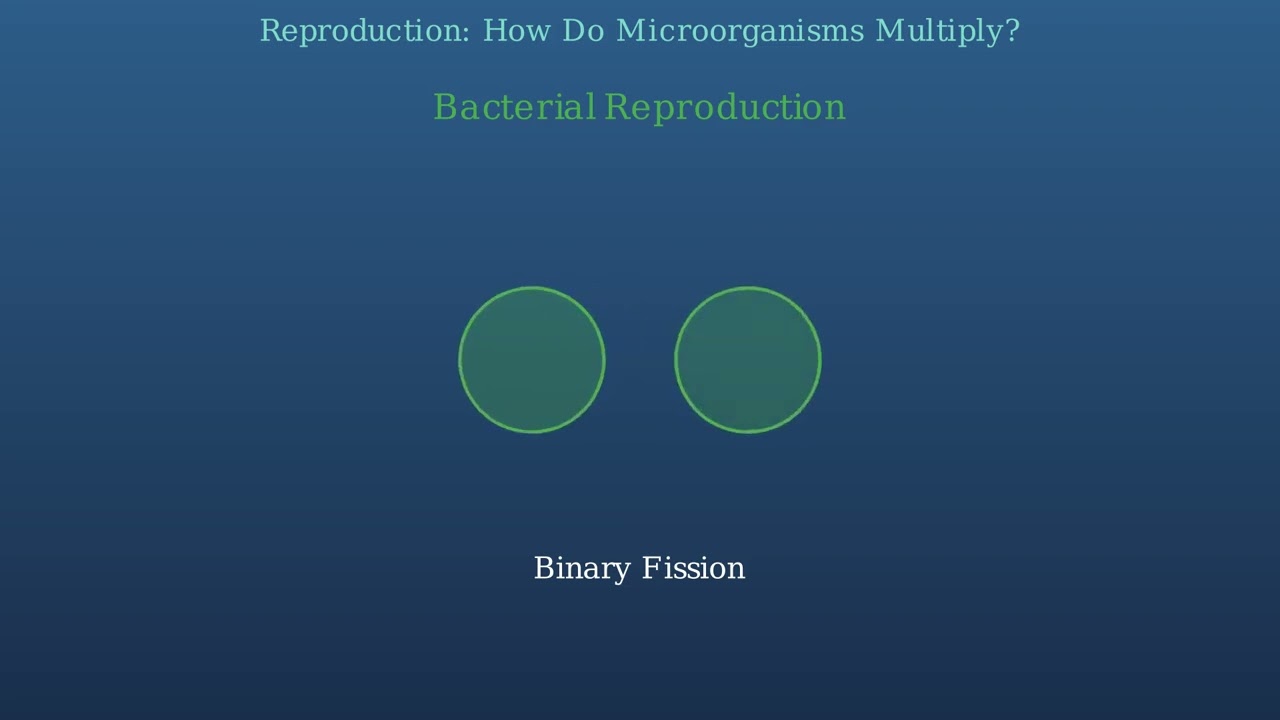
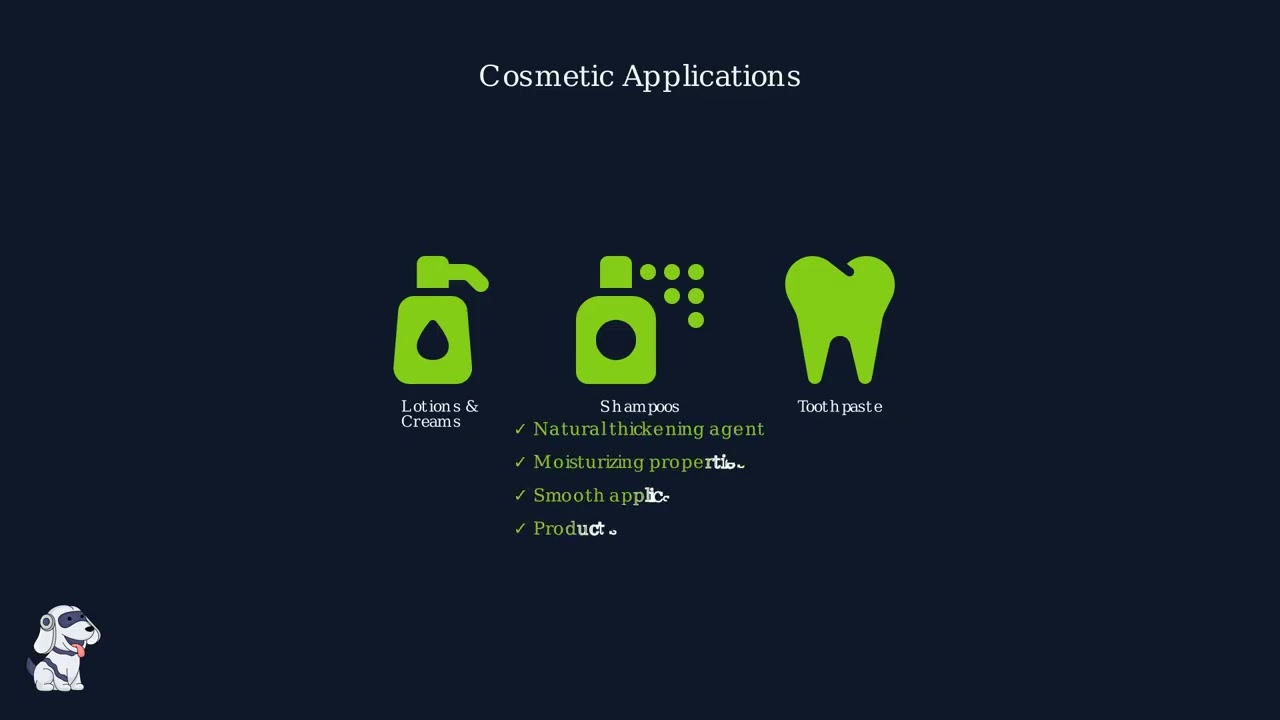
- Text Highlighting: Select any text in the post content to highlight it
- Text Annotation: Select text and add comments with annotations
- Comment Management: Edit or delete your own comments
- Highlight Management: Remove your own highlights
How to use: Simply select any text in the post content above, and you'll see annotation options. Login here or create an account to get started.